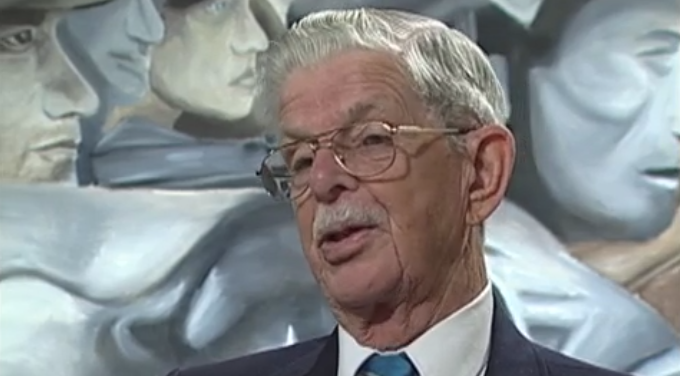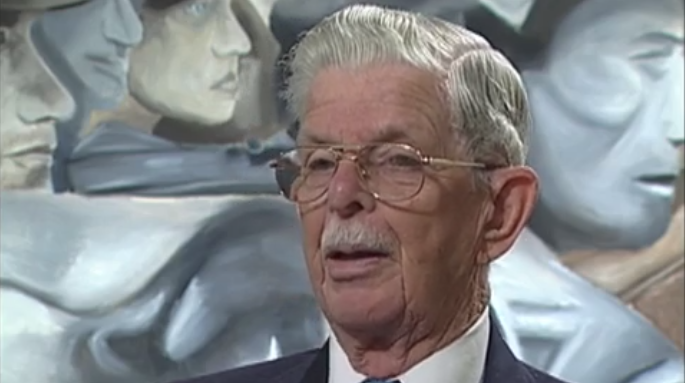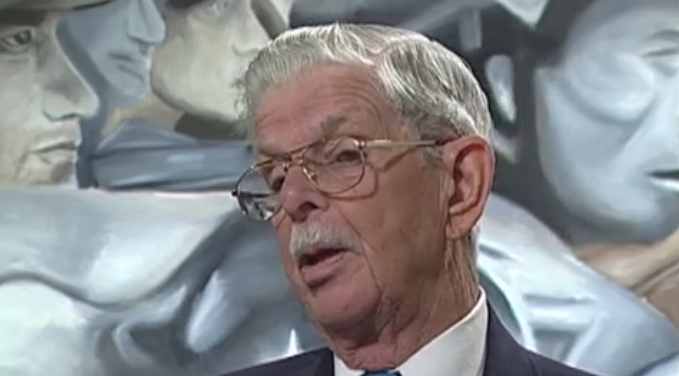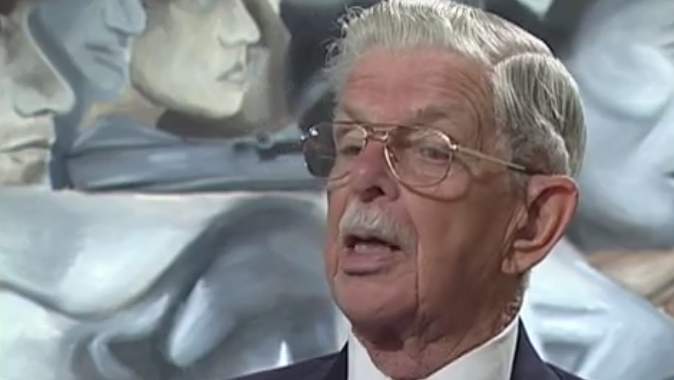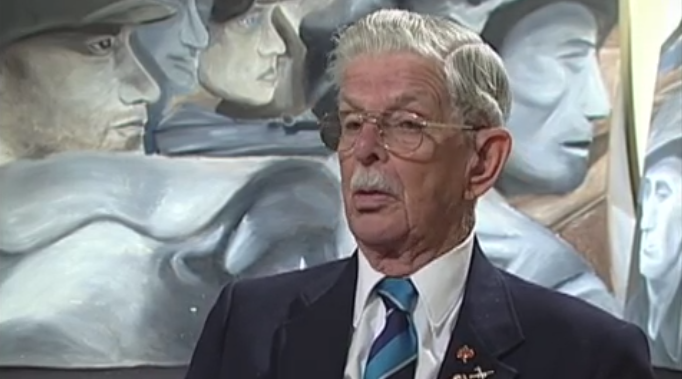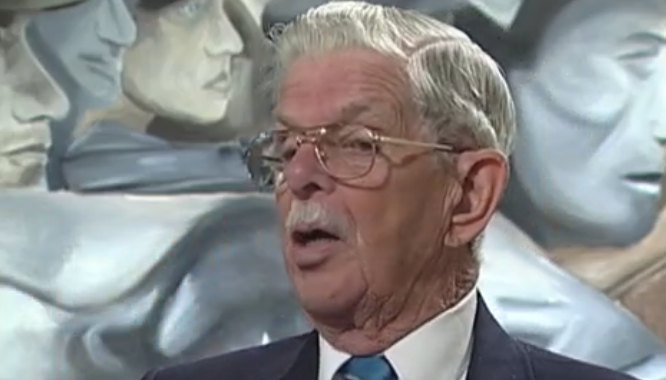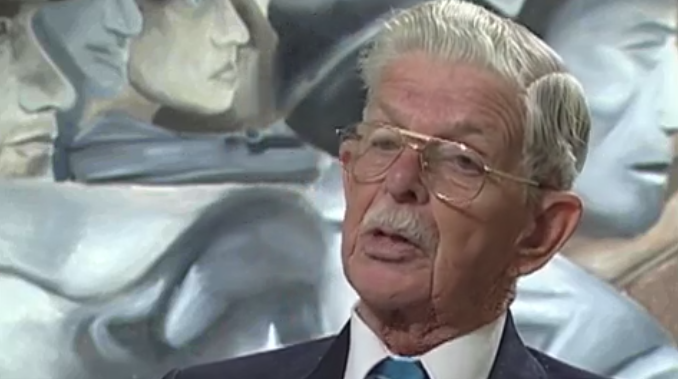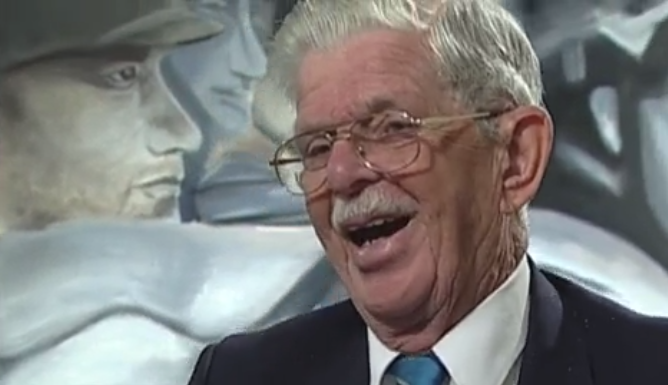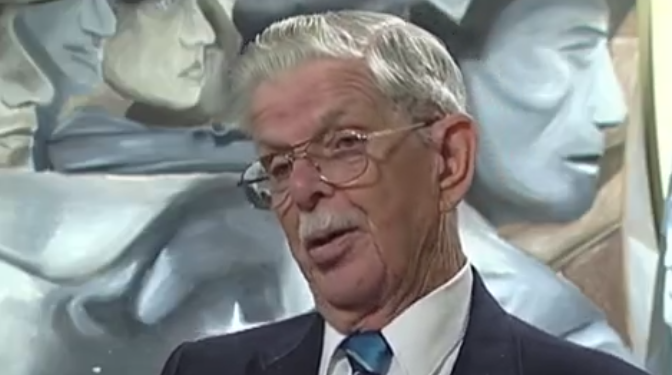In England we were all sent, I was sent to an operational
training unit and then, "Oh you haven't had any radar training.
You're not for this course, back to school."
So we had to take an updated radio school because they had
new radio equipment by this time and then I did a radar course.
Just got the radar course completed and they said,
"Oh by the way we've just received new radar,
entirely different from what you've just learned.
You're right back into another radar course with the modern
10cm-forty radar," which was a very,
very much advanced as to what they had before.
The original mark two radars and so on, you know,
you only got a blip on the screen,
so it was very hard to identify what the blip was;
whether it was a ship, or a submarine, or what.
It was almost impossible to identify it.
So there were a lot more in those early days or a lot more
ships lit up than was necessary. With our radar,
we had a rotating dish antenna in the nose of the aircraft and we
had what they called a place position indicator on,
on our screen and it actually showed, it painted,
actually painted a picture over the contact.
And this radar we carried was very, very good because...
I'll give you a little experience. We did a long range,
which was about an 850 miles straight out over the ocean.
Coming back, we were running into some very severe head winds,
matter of fact they say that some of them were actually hurricane
forced winds, which of course slowed us down somewhat.
We radioed base and said we were coming in and they said,
"You gotta divert, we are closed we got radar,
fog right down to the ground."
Skipper radioed back and said "We're coming in.
If we have to use our onboard radar that's what we're gonna
use ‘cause we are out of fuel".
And so he asked me to go on the radar,
I happened to be the senior radar man.
So I went on the radar and I told skipper, I said,
"I want you at fifty feet when you cross the end of
that runway." And he was right at fifty feet when we crossed
the end of that runway and no sign of any runway lights or
anything else, it was thirty-five feet and we saw the lights
finally. He slammed the old kite down on the runway and we went
to the end of the runway and there was this god awful silence,
nothing. We were just happened to be out of fuel,
our engines were dead. So we called flying control and he
gave us our time of landing and so on and he said,
"You guys are supposed to go to you dispersal".
So the skipper comes back with a smart answer,
he says "Well if you know any way of running these engines
without fuel, please advise." He said,
"In the meantime maybe you can send a tractor out."
And, but the scary part for me was I had been on the radar
far longer than I should have been. I got up on the radar
and I was totally blind, couldn't see a thing.



